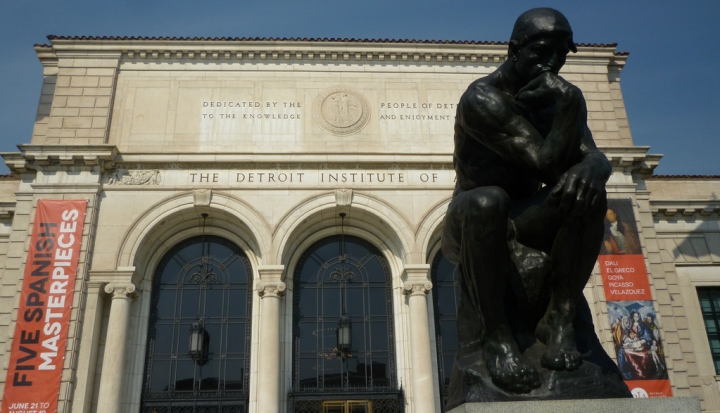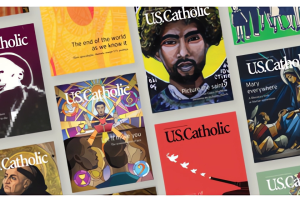It’s no secret that Detroit, which has become the emblematic struggling American city, is in a bit of financial trouble. Earlier this year, the city of Detroit filed for bankruptcy. As the city struggles to face its $18 million shortfall, the city has called in appraisers from Christie’s to pinpoint the value of the works in the Detroit Institute of Art.
According to the Detroit Free Press, the appraisers will inspect 3,500 of the museum’s 66,000 pieces of art, among which include paintings by Rembrant, Picasso, Degas, Van Gogh, and Matisse. Individual estimates on some of these paintings range from $50 to $100 million; just 40 of the works carry an estimated $2.5 billion value.
The city’s emergency manager Kevyn Orr has said that there are no definite plans in place to use the art to work off the city’s debt. “Once we go through that process, we will have to decide what, if anything, we need to do, but I have no plans to use art to relieve the liquidity crisis that the city is in now,” he told the Free Press. Chrisite’s, meanwhile, after appraising the art, will “recommend ways for the city to realize value for the DIA collection without relinquishing ownership of it.”
This is certainly a contentious issue. Money is urgently needed to meet basic human needs in Detroit. Is the solution to sell off the city’s works of tremendous cultural and historic value? This situation reminds me of calls for the Vatican, especially under the direction of a pope who values simplicity, to sell off its vast collections of art and use the money to help the poor.
I think that part of what worries me is that, while selling art would certainly provide an immediate and significant cash flow for the city of Detroit, would it then be used to help set up long-term solutions for the people of Detroit? Would the money be used to help create jobs? Or provide for public education? Or would it just be used to help balance the checkbook?
While many have written off Detroit as a dead city, there are plenty of solutions that exist to help keep the city alive and even vibrant. (One creative thinker proposes at The Atlantic a way to help kill two birds with one stone: offer relief of student loan debt for those who move to distressed cities.) And though long-term planning and solutions will certainly require enormous financial resources, I hope that there will be a way forward that can revitalize Detroit not at the expense of its museum.











